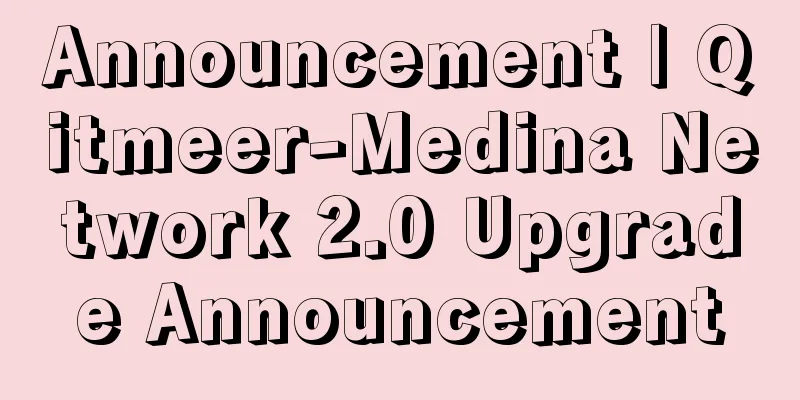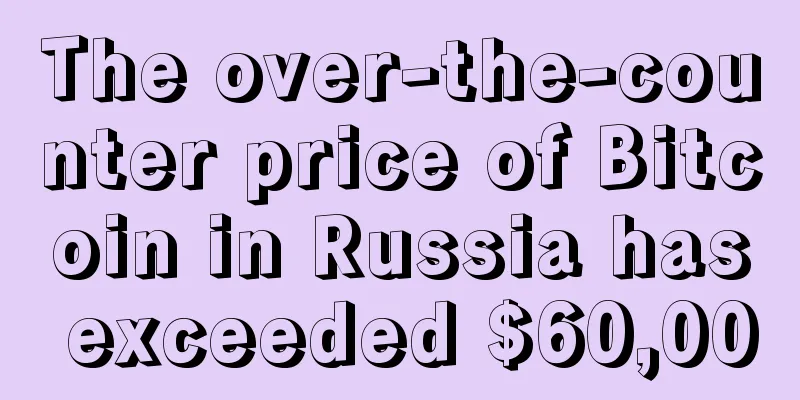The bull market is not over, but it will take a long time to bottom out

|
In the past week, the crypto market has experienced the largest adjustment since Trump's election. Although Bitcoin's decline was only 12%, many altcoins have already halved, and even some altcoins have completely wiped out their gains in this round of market. If the reason for not being pessimistic on December 10 is that the bull market is still hot, then the recent decline has undoubtedly completely destroyed the confidence of the bulls. This has also made more and more investors believe that the bull market is over. I have always emphasized that a general rise in the market is difficult to sustain. The market value growth driven by emotions will eventually be countered by the decline of emotions. Therefore, the faster the rise of altcoins, the more tragic the fall. After all, the market cannot always maintain a daily trading volume of 540 billion US dollars, which means that shocks and differentiations are inevitable. However, I believe that the current shock is more like a bull market shift rather than the end of the bull market, mainly for three reasons: 1. As of December 22, long-term Bitcoin investors have sold 1 million Bitcoins since September, exceeding the 934,000 Bitcoins sold from March to June. However, the last time the sell-off reached this scale, Bitcoin had a maximum range drop of 33%, and now Bitcoin has only fallen 15% from its high. This shows that the market capacity of this cycle is stronger and Bitcoin's resilience has also increased significantly. 2. Historically, whenever major favorable policies are introduced, Bitcoin often experiences a symbolic pullback, creating opportunities for institutions to enter the market. For example, after the Bitcoin ETF was approved, Bitcoin fell from $48,950 to $38,550, a drop of 21%. The market's decline before Trump took office is also in line with this practice. Although the scale of the US Bitcoin ETF has surpassed gold, the allocation of pension funds, listed companies and traditional financial institutions to Bitcoin ETFs is still far lower than that of gold ETFs. Therefore, this decline is likely to become an opportunity for institutions to increase their Bitcoin positions. 3. MSTR currently has $7.65 billion of unused ATM quota and $15 billion of convertible note quota, with potential available incremental quota of up to $22.65 billion, and still has the ability to launch a defensive counterattack. However, whether from the perspective of time or space, the market adjustment is far from over. If Bitcoin continues to test the lower limit of the range of $88,000, most altcoins may find it difficult to hold the low point of December 20. Even if Bitcoin completes the bottom near $88,000, the establishment of a new trend still needs a long bottoming process. In short, investors do not need to rush to buy the bottom in this round of decline, and the market still needs more time to digest the negative factors. At present, macro risk is still the biggest uncertainty in the market. Affected by the rebound in inflation and the imposition of tariffs, the market generally lowered its expectations for the Fed's interest rate cuts next year, and even some Wall Street institutions have predicted that interest rates will start to rise in the second half of next year. Therefore, the yield of the US 10-year Treasury bond continued to rise against the backdrop of the Fed's interest rate cuts, exceeding the federal funds rate for the first time in nearly two years. This has formed a clear crowding-out effect on the liquidity of risky assets. At the same time, as U.S. bond yields soared, non-U.S. currencies faced huge depreciation pressure and capital outflow pressure intensified. This also pushed up expectations of a yen rate hike. Although the Bank of Japan denied the possibility of a rate hike in the near future, Nomura expected the Bank of Japan to raise its benchmark interest rate in March 2025, and then raise it to 1% through two rate hikes. The risk of a reversal of the yen carry trade has once again become the focus of market attention. However, the outbreak of macro risks is not a bad thing. According to the prediction of David Sacks, the White House crypto director, the crisis of the fiat currency system is an opportunity for Bitcoin to become a mainstream currency. In terms of operation, as Christmas approaches, market transactions gradually become light. The periodic land volume and land price may appear around Christmas. For investors who are ready to buy at the bottom, the leaders in the sub-sectors are still a good choice. After all, the decline of SUI, AAVE, LINK and other currencies in this round of adjustment is still far lower than the average level of altcoins, and the characteristics of the strong getting stronger are obvious. |
>>: Uncovering the future trend of crypto ETFs
Recommend
What kind of woman looks kind and simple
As the saying goes, appearance reflects the heart...
Palmistry that means you don't worry about money
Palmistry that means you don't worry about mo...
Illustration of Antminer S19: Is it qualified to be the Thanos of the mining machine world?
It’s a long story, but the giant Bitmain only ann...
A person who often loses temper with people close to him
Although some people seem to have a very good tem...
Dilemma of mining machine manufacturers
Before I knew it, many of my familiar friends had...
Only with pursuit can one succeed. Introduction to moles of people with ambition
Only with pursuit can one succeed. Introduction t...
What is the fate of a woman with a big mouth and nose? Is it good or bad to have a big mouth?
Different facial features have different symbols. ...
Personality and business strategies of people with thin or no eyebrows
If the eyebrows are very light in color and look ...
Symbiont revolutionizes the securities industry. Smart contracts change lives
Author: Amber Dingding Traditional securities com...
What does it mean when a man has a mole on the sole of his left foot?
Although not everyone has moles on the soles of t...
What are the characteristics of peach blossom eyes?
Peach blossom eyes are one of the most beautiful ...
The market is in a clear recovery period, which is the recovery stage after the bottom.
As all parties anticipated the arrival of ETH2.0,...
A complete analysis of the facial features that are prone to losing money
A good face can bring wealth, while a bad face can...
Market analysis: Global easing is approaching, gold bulls are unstoppable, can BTC keep up?
Last night, the Bank of Korea and the Bank of Ind...
Founded 6 years ago, with a valuation of 15 billion, mining machine giant Canaan Creative is about to go public in the US
On October 10, the head of a securities company a...









